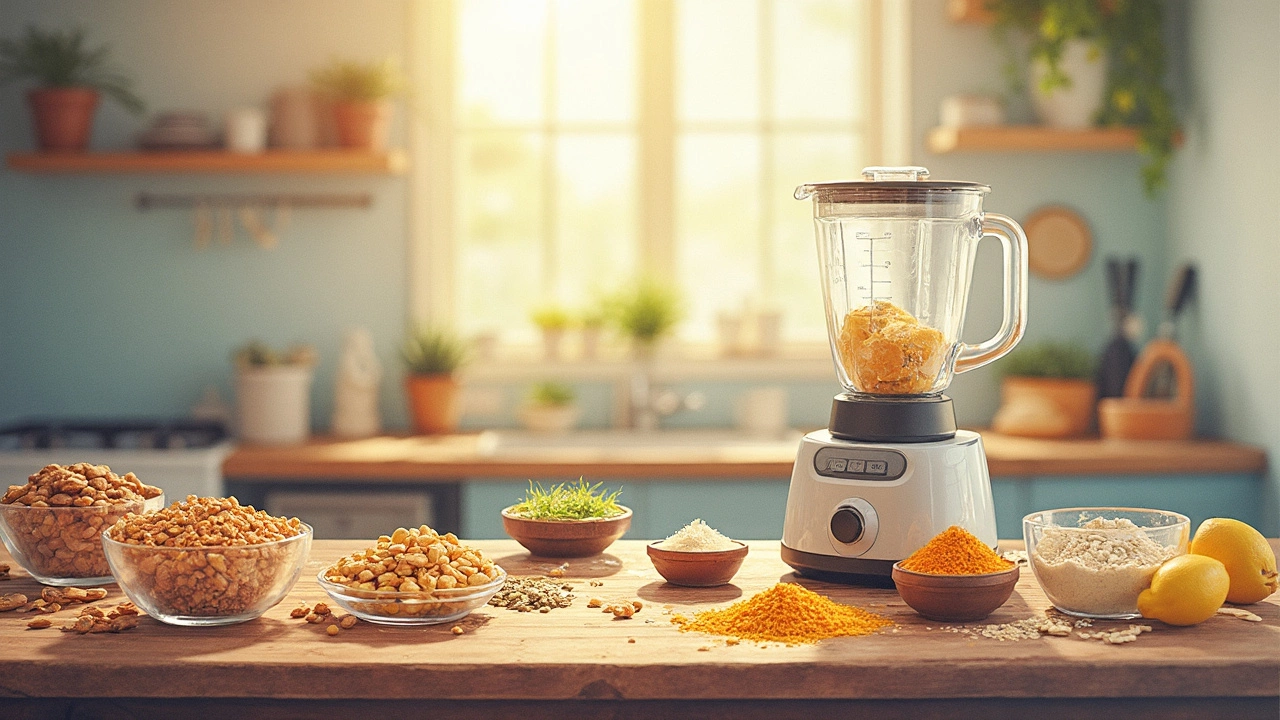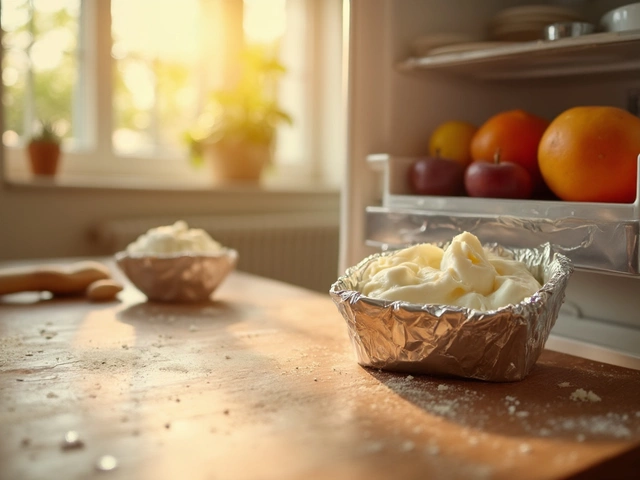Plant-Based Cheese: What It Is and How to Use It
If you’ve ever wondered what plant‑based cheese actually tastes like, you’re not alone. It’s a dairy‑free alternative made from nuts, soy, coconut, or oats that can melt, slice, or spread just like the real thing. Whether you’re avoiding dairy for health, allergy, or ethics, there’s a version that fits your needs.
Why Try Plant‑Based Cheese?
First off, plant‑based cheese often has less saturated fat than traditional cheese, which can be easier on the heart. It’s also naturally lactose‑free, so it won’t cause the bloating that dairy sometimes does. Plus, many brands add extra nutrients like vitamin B12 and calcium, giving you a boost without the animal product.
Another perk is the variety of flavors. From tangy cheddar‑style slices to creamy mozzarella‑type shreds, you can pick a flavor that matches the dish you’re preparing. And because the base ingredients differ, you can find options that are lower in calories or higher in protein, depending on what matters most to you.
Easy Ways to Make Your Own Plant‑Based Cheese
Got a few nuts or a can of coconut milk? You can whip up a quick cheese at home. Soak cashews for at least four hours, then blend them with lemon juice, nutritional yeast, a pinch of salt, and a splash of water. Adjust the consistency until it’s spreadable, then chill for an hour to firm up.
If you prefer a firmer cheese for slicing, try mixing almond flour, arrowroot powder, and the same flavor base, then heat the mixture on the stove until it thickens. Pour it into a mold and refrigerate overnight. The result is a sliceable cheese that works great on crackers.
For a melt‑friendly version, blend silken tofu with dairy‑free butter, garlic powder, and smoked paprika. Heat the blend in a saucepan, stirring constantly until it becomes stretchy. This works perfectly on pizza or grilled cheese.
Store your homemade cheese in an airtight container in the fridge. Most recipes keep for up to a week, and you can freeze them for longer storage—just thaw in the fridge before using.
When buying pre‑made plant‑based cheese, read the label. Look for short ingredient lists, minimal additives, and added protein if that’s a goal. Some brands use carrageenan or other thickeners that can affect texture, so experiment to see what you like best.
Cooking with plant‑based cheese is pretty straightforward. It melts well on pizza, quesadillas, and baked pasta, but keep an eye on the heat; high temperatures can cause some varieties to separate. A low to medium heat gives the best melt without a grainy texture.
Finally, don’t be afraid to mix and match. Blend a milder cheese with a sharper one to create a custom flavor profile for your favorite dishes. The flexibility is one of the biggest strengths of plant‑based cheese, letting you tailor taste and texture to exactly what you’re craving.
With these basics, you’re ready to explore the world of dairy‑free cheese, whether you buy it ready‑made or craft your own at home. Enjoy the variety, experiment with recipes, and discover how easy it can be to go plant‑based without missing out on cheesy goodness.

Is Cheese Ever Vegan? Exploring Delicious Plant-Based Alternatives
Cheese is typically made from animal milk, but can cheese ever be vegan? With a growing interest in plant-based diets, new cheese alternatives crafted from nuts, soy, and even oats are gaining popularity. These innovative recipes not only taste similar to traditional cheese but are also perfect for vegan desserts. Dive into the world of vegan cheese and learn about its fascinating ingredients and delicious possibilities.
View More




